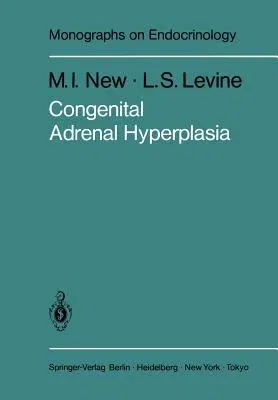M I New
(Author)Congenital Adrenal Hyperplasia (Softcover Reprint of the Original 1st 1984)Paperback - Softcover Reprint of the Original 1st 1984, 22 December 2011

Qty
1
Turbo
Ships in 2 - 3 days
In Stock
Free Delivery
Cash on Delivery
15 Days
Free Returns
Secure Checkout
Part of Series
Monographs on Endocrinology
Print Length
90 pages
Language
English
Publisher
Springer
Date Published
22 Dec 2011
ISBN-10
3642820131
ISBN-13
9783642820137
Description
Product Details
Authors:
Book Edition:
Softcover Reprint of the Original 1st 1984
Book Format:
Paperback
Country of Origin:
NL
Date Published:
22 December 2011
Dimensions:
24.41 x
16.99 x
0.56 cm
ISBN-10:
3642820131
ISBN-13:
9783642820137
Language:
English
Location:
Berlin, Heidelberg
Pages:
90
Publisher:
Series:
Weight:
176.9 gm

